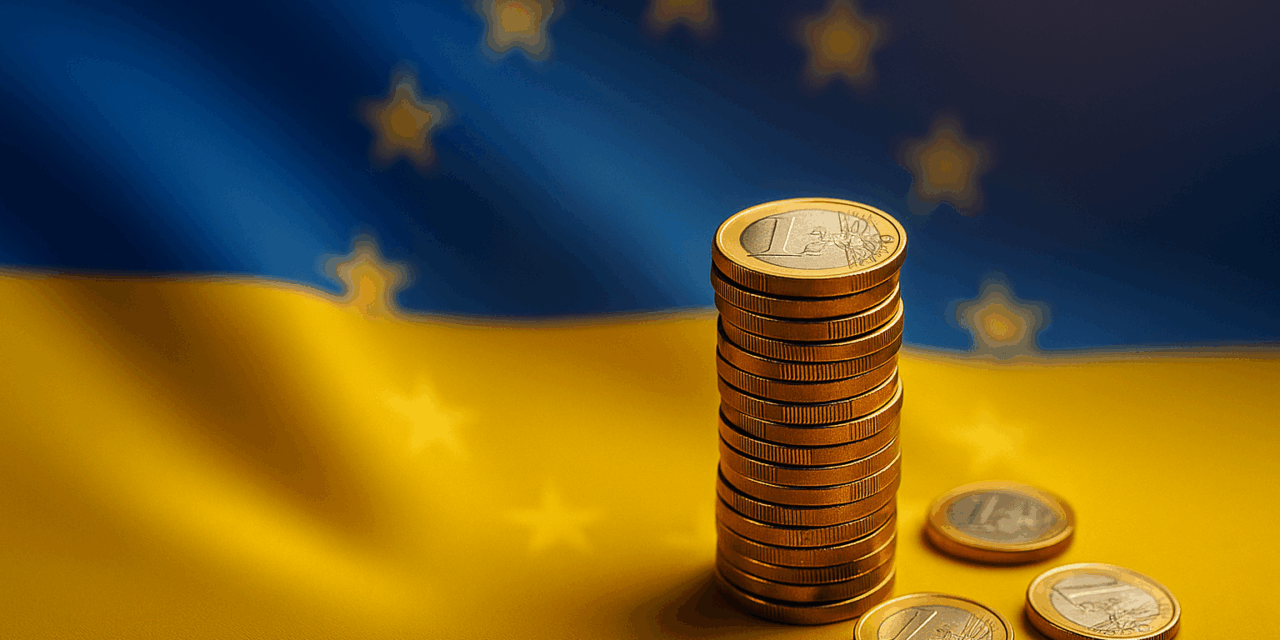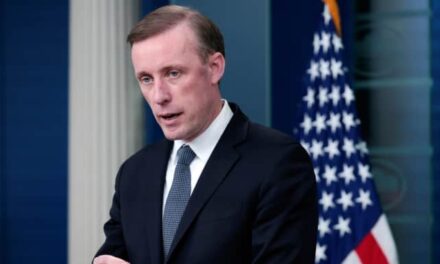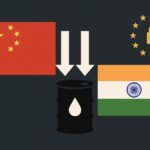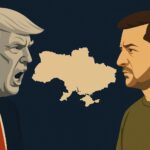Summary
Frozen Russian Assets Ukraine is the backbone of a new European push to put Kyiv’s support on stable ground. With US funding uncertain and many EU capitals wrestling with tight budgets, Brussels is assembling a rules-based plan that converts immobilized Russian central-bank holdings into predictable, long-term financing for Ukraine.
What the EU is building
EU leaders aim to secure political approval next week for a framework that would unlock roughly €140 billion in fresh loans, backed by about €200 billion in frozen Russian reserves held largely at Euroclear. The loans would be repaid only if Russia eventually covers war damages, aligning financing with the principle that the aggressor should pay. The European Commission would then draft the legal mechanism, targeted for the second quarter of next year, to turn that decision into law.
How the mechanism would work
Member states are discussing sovereign guarantees for Euroclear to shield it from potential Russian claims, while keeping the underlying assets frozen rather than seized. Officials also debate what the money should buy: purely economic stabilization, military supplies, or a mix of both—and whether procurement must favor European industry. In parallel, the G7 would coordinate approaches so the policy moves in lockstep across jurisdictions that jointly immobilized about €300 billion.
Why Belgium’s stance matters
Belgium hosts Euroclear and has pressed for rock-solid legal cover before it supports the plan. Its caution reflects broader concerns about litigation risk and the precedent for international finance. Even so, the bloc’s urgency is growing as Ukraine needs sustained air defense, longer-range strike capabilities, and budget support to withstand Russia’s ongoing attacks on cities and energy infrastructure.
The bigger picture
Profits from the immobilized assets will keep flowing to Kyiv, but they do not meet Ukraine’s multi-year needs. The proposed loan program would. It also complements debate in Washington, where President Trump has signaled interest in a negotiated end to the war while weighing long-range Tomahawk transfers. For Europe, anchoring aid to frozen assets spreads costs fairly, reduces annual budget drama, and signals to Moscow that time will not erode Western resolve.












